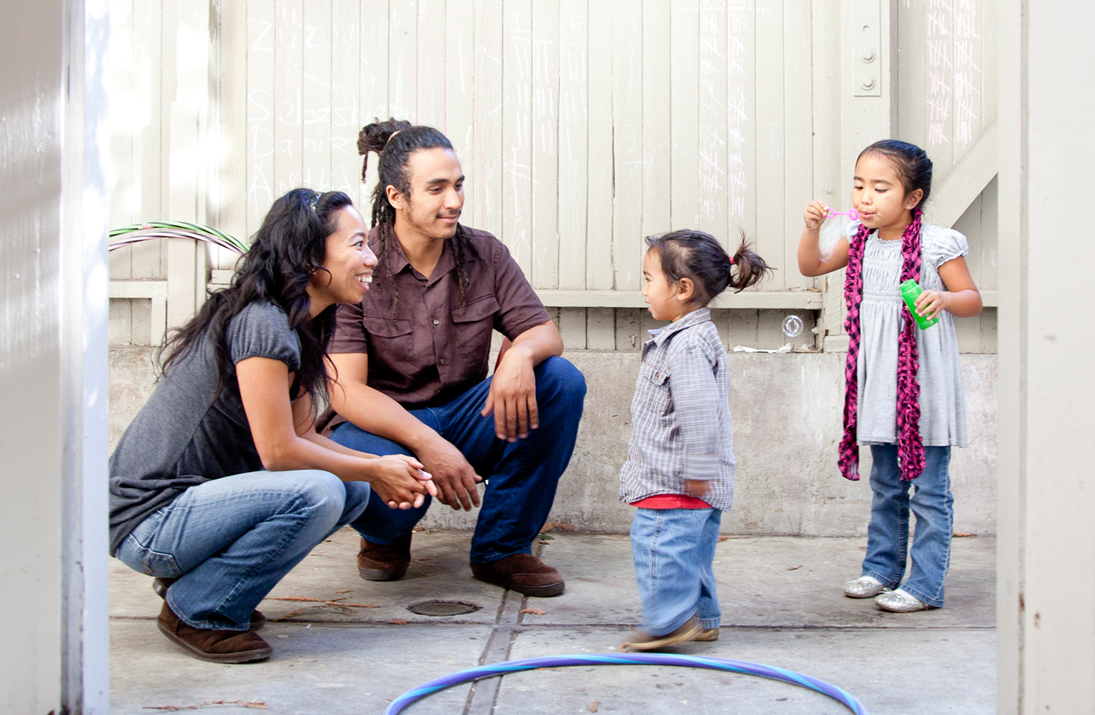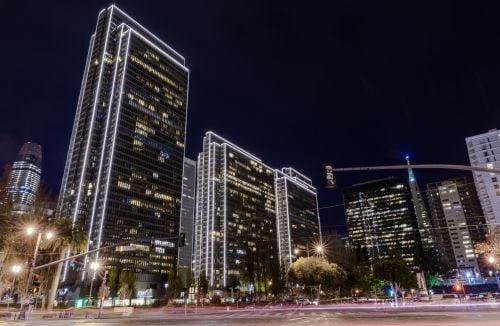image from High Times
By Kristen Marshall, Project Manager of the Drug Overdose Prevention & Education (DOPE) Project
Here at the DOPE Project, we like to keep things simple. When Stuart asked me to write something about overdose prevention, I wanted to respond with “Carry Narcan, know how to use it, and look out for each other” and call it a day.
Unfortunately, stigma, a racist drug war, and capitalism complicate things. There is no standardized education around what drugs do or how they work. “Just say no” ends up meaning “just say nothing.”
San Francisco’s overdose death numbers are rising steadily and it’s still the same folks who have historically been impacted: People experiencing homelessness and extreme poverty; people living in supportive housing; people hardest hit by gentrification and displacement; Black and Latinx folks; immigrants; queer and trans people; people experiencing high rates of trauma, illness, and stress. The structures that exist to provide care systematically exclude and harm these folks, and overdose risk increases the more these identities and experiences intersect.
If you’re concerned about opioid overdose (heroin, fentanyl, morphine, Dilaudid, etc), carry naloxone/Narcan, the safe, legal medication that reverses the effects of an opioid overdose and gets the person breathing again. Photo by Kristen Marshall
Though fentanyl (a strong, synthetic opioid) is absolutely a major contributing factor to our increase in deaths over the past three years, it’s not the sole reason people are dying – strong drugs just amplify risk. Shit is hard and beyond any of our control, and we’re still getting issues around drug use wrong most of the time. Until we, as a collective, realize that the overdose crisis is not actually about drugs, but about people and resources, then all any of us can do is the best we can with what we got.
An easy way to alleviate anxiety related to overdose is to eliminate the “what if”s and just always assume an overdose risk, every time, no matter what drug you’re using, and safety plan accordingly.
Remember, you never know what’s in your drugs — the market is criminalized, so the supply is unregulated, inconsistent, and unpredictable. Always has been, fentanyl didn’t change that. Whether you cop from the corner of Turk and Hyde, or your dealer is just a text away and delivers discreetly to your door in Pac Heights, remember: This ain’t the cereal aisle at Safeway – no nutritional facts, no ingredients lists, and not a ton of choice. White powders all look the same, drug markets are chaotic, and mistakes happen.
Photo by Kristen Marshall
The good news is, you’re already a harm reductionist! Seatbelts, helmets, condoms, renaming that dummy you met at the bar that night you were sad to “DO NOT ANSWER” in your contacts: All examples of basic harm reduction strategies that won’t necessarily always prevent 100% of related harms, but they do a pretty good job most of the time.
Practicing as many of the overdose prevention strategies listed below, as consistently as possible, can help drastically reduce your risk for overdose!
Universal Overdose Prevention Strategies
Use less and go slow at first, to see how the drug hits you. You can always do more, but you can’t do less once you’ve already, y’know, done it all.
Utilize testing technology when available for a better understanding of what’s in your product. This technology has its limitations and only tells part of the story, so stay vigilant!
Use a consistent, trusted source whenever possible.
Mixing drugs is fun, and it also increases your risk for overdose, so pace yourself, go slow, and try to learn how each drug hits you before mixing them.
Try not to use alone, or have someone check on you. If you prefer to use alone, double down on other strategies.
Know the signs of overdoses, or adverse effects, of your drugs, as well as how to manage them.
If you’re concerned about opioid overdose (heroin, fentanyl, morphine, Dilaudid, etc), carry naloxone/Narcan, the safe, legal medication that reverses the effects of an opioid overdose and gets the person breathing again.
Get into the habit of making safety plans with people you trust.
Stay hydrated, eat, and get as much rest as possible.
Utilizing the above strategies are simple, low threshold ways to manage overdose risk. Being prepared also ensures you can be there for your family, friends, neighbors, and even strangers, whether you’re at a party, bar, your own home, or on your daily quarantine walk.
In San Francisco, it’s very easy to get Narcan, a simple-to-use medication that reverses the effects of an opioid overdose and gets a person breathing again. Anybody can get a free nasal Narcan kit and brief training from our friends at the CBHS Pharmacy at 1380 Howard Street (at 10th Street), Monday – Friday, 9 am – 3:30 pm. We encourage folks who wouldn’t normally engage with a syringe access program to go here and allow our amazing city pharmacists to take good care of you!
If you would benefit from engaging with a syringe access program, funded to serve people with little-to-no resources, contact us at [email protected] and we’ll help you find the program that’s right for you.
A bunch of San Francisco harm reduction workers at DOPE’s last Overdose Awareness Day event in August. Photo by Kristen Marshall
At the DOPE Project, our goal is to ensure that everyone has access to the resources they need to prevent overdose. We fight for decriminalization, as we will not be able to arrest our way out of this crisis; for dignified healthcare and housing for all; and for community-based solutions because our communities have the answers. This year so far, over 2,700 people have survived their overdoses, thanks to people who use drugs and their loved ones. Drug use should not be a death sentence, and if just saying no doesn’t work for you, then you deserve access to what does work for you.
Until then: Carry Narcan, know how to use it, and look out for each other.
Other Resources:
For harm reduction therapy & groups: Harm Reduction Therapy CenterFor safe partying: DanceSafe & Wormhole CaresFor methamphetamine-related harm reduction strategies: Tweaker.orgNarcan access for our East Bay friends: West Oakland Punks with Lunch & Berkeley NEEDNarcan access outside the Bay Area: NEXT Distro Mail-Order or find a program near you!
The Drug Overdose Prevention & Education (DOPE) Project was founded in 2001, and is a program of National Harm Reduction Coalition. Funded by the San Francisco Department of Public Health, DOPE oversees all community-based naloxone distribution and overdose prevention training and education in San Francisco.
DOPE Project is the largest single-city naloxone/Narcan distribution program in the country, distributing close to 50k doses a year to people who use drugs and their community.
This community is responsible for saving thousands of lives in San Francisco every year.
The post How We Can All Help Prevent Drug Overdoses appeared first on Broke-Ass Stuart's Website.







